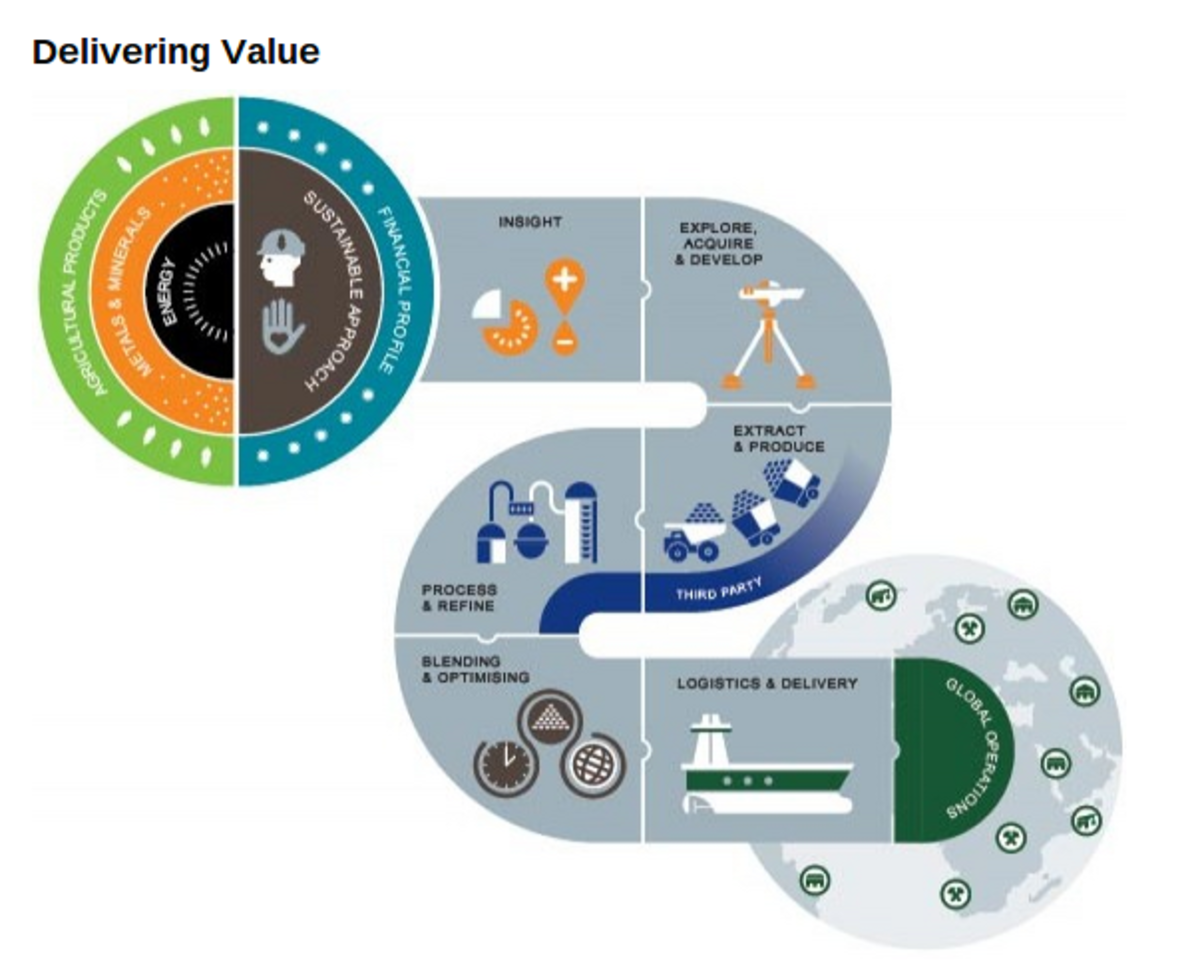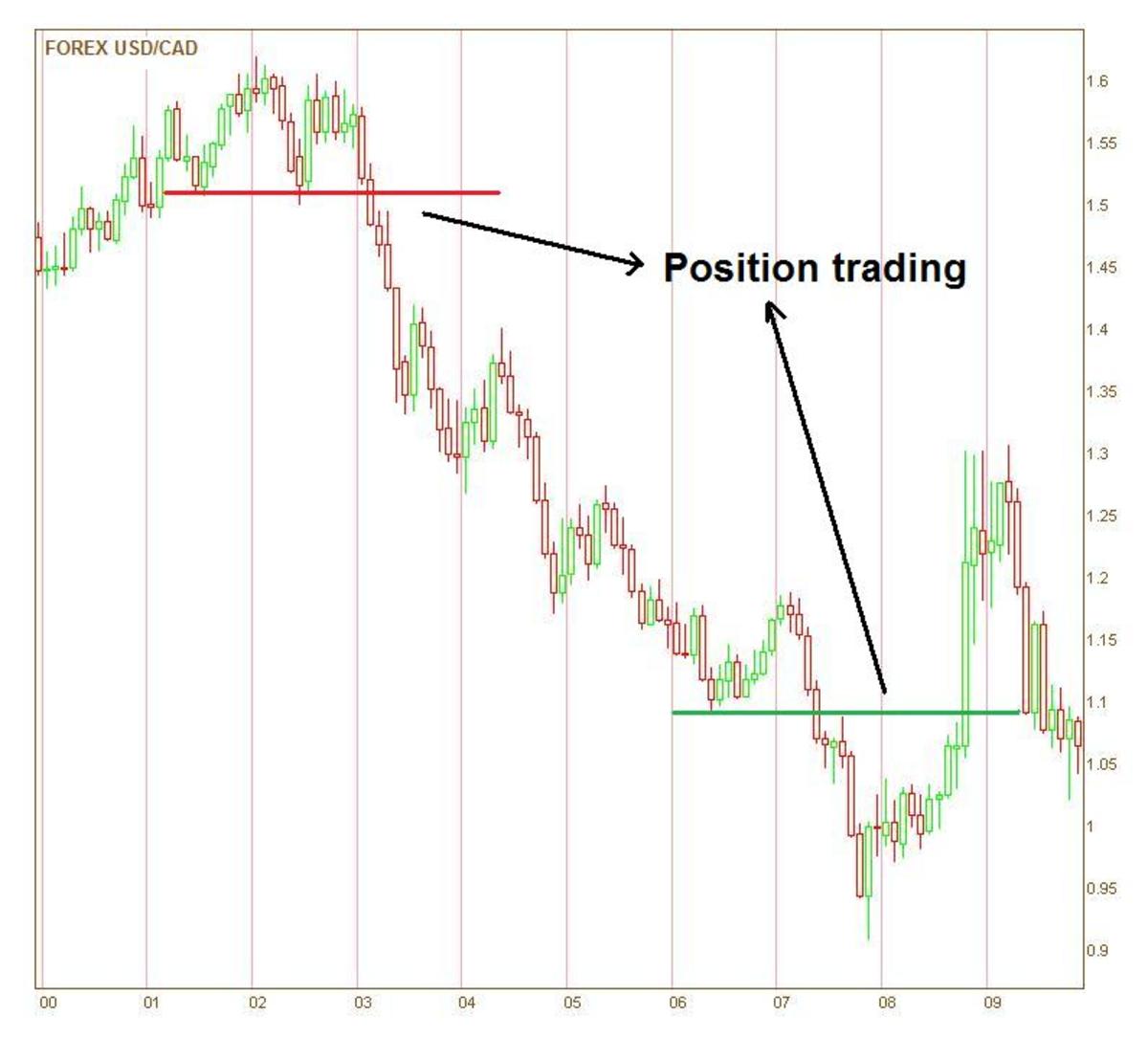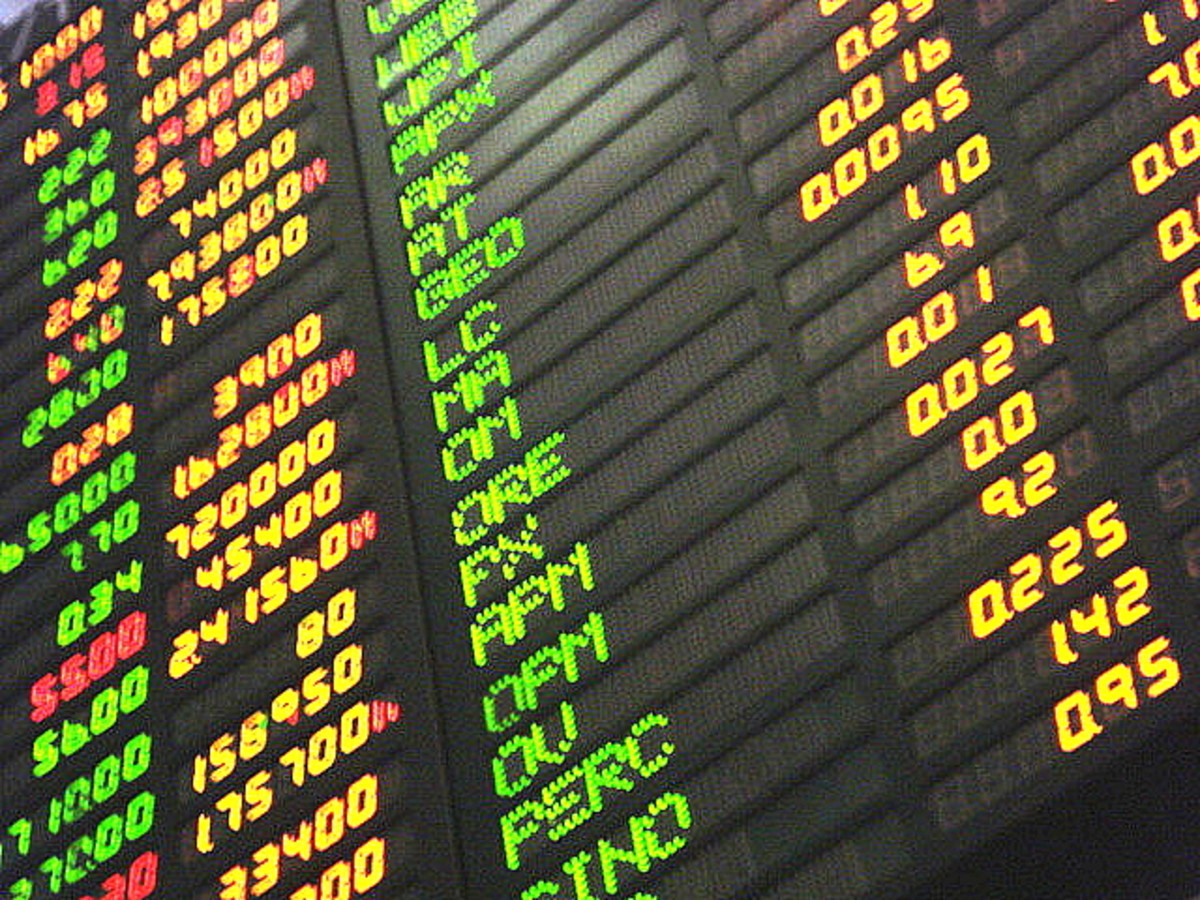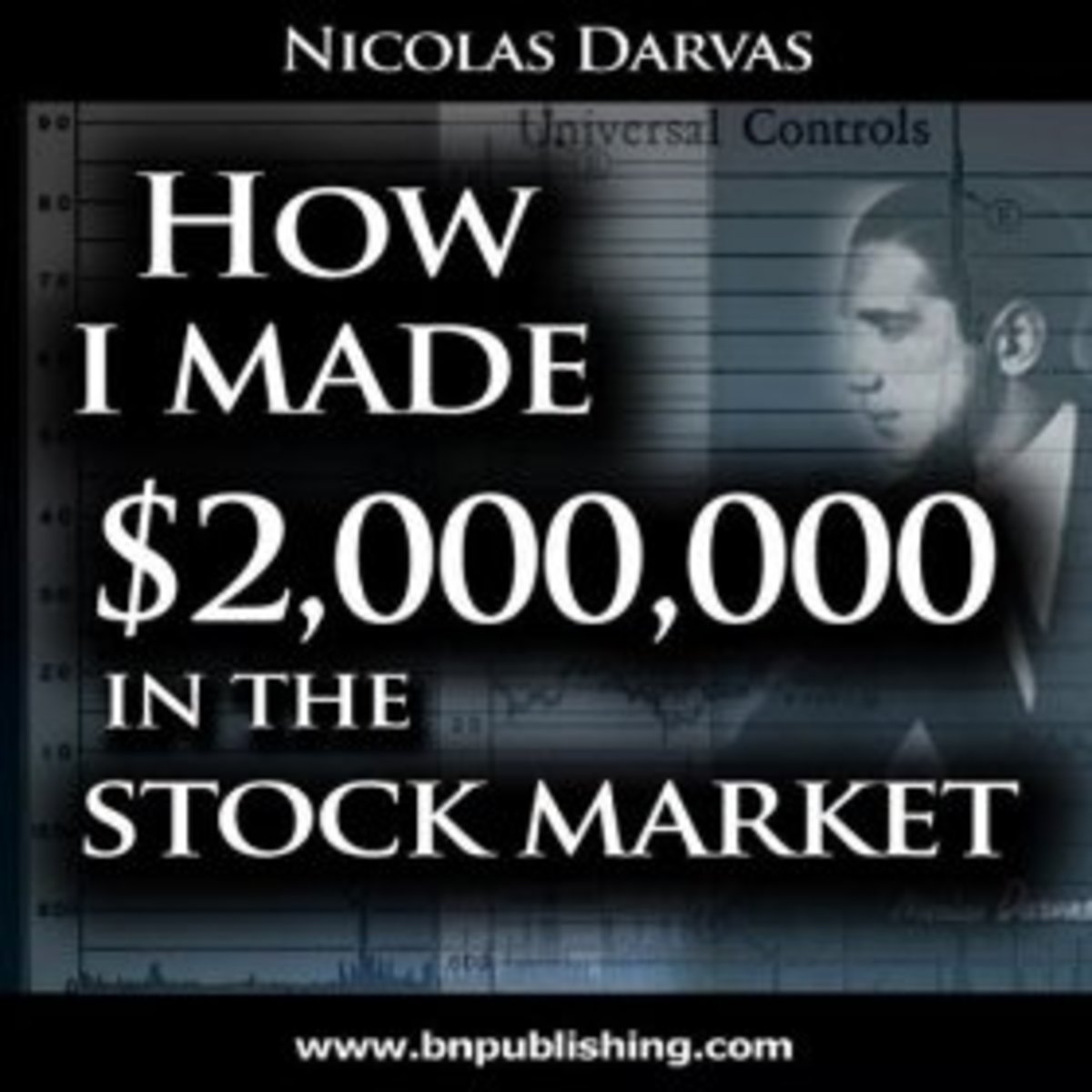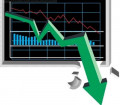Commodity Trading Strategies
Commodity Trading Strategies
Once you have gotten a good feel for the futures markets in general and you understand the basics of how to place orders, track your trades, monitor market trends, and so forth, there comes a time when you will need to implement some commodity trading strategies in order to get the most out of your futures trading experience. A lot of people balk at having a trading strategy, thinking that all they have to do is hit that one “home run” in crude oil or soybeans or what have you, and all of their trading dreams will come true, they can liquidate their account, take the money and run, and live on an island happily ever after from their trading profits. But in reality, this simply doesn’t happen 99.9999% of the time. If you expect to have any kind of longevity in the markets, and expect to keep your hard-earned trading capital from getting eaten alive by the markets, you will have to come up with some basic commodity trading strategies to make sure that happens. If there’s one thing I’ve learned from trading as long as I have is that you have to be intentional with your trading in order to see any good profits on a consistent basis. You can’t use guesswork, blind luck, hoping, wishing, or praying in ANY manner if you ever expect to make any real money trading futures. And a well-defined strategy is the first step to becoming a consistently successful commodity trader. One thing that a lot of novices don’t factor into their trading strategy is the fact that losses are inevitable. I crack up when I see these different claims from wonder-trading-system-peddlers saying that they have a “90% accuracy rate” with their trades, or that they can pull profits on 90% of their trades---yeah, right. Doesn’t happen in the real world, folks. Even some of the most successful traders on the planet—we’re talking the billionaire elite traders—will tell you that they lose on about 70% of their trades. But, due to their well-defined trading plan, they have learned how to milk their winning trades for every ounce they can get out of them, and thus their “winners that ride” more than make up for the “losses that are cut”. Again, I want to emphasize the fact that until you develop a well-thought-out and well-defined trading plan with clear objectives and very clear boundaries as to what you will and won’t do in the markets, you will flounder, you will be emotionally ruled, and ultimately you will fail. Without some sound commodity trading strategies in place, you will end up being among the 95% of traders who get completely wiped out of the markets, never to return again.

Developing Commodity Trading Strategies
So what is a good place to start when developing a sound trading strategy? The first place I believe you need to start with is how much capital you are willing to put at risk. This step is often overlooked (and underrated), but yet it leads to so many traders’ demise that don’t take the time to actually define it. How much money are you willing to risk on any one given trade? The best rule of thumb I’ve heard thus far is the one that many, many professional traders use, and that’s the rule of never risking more than 1% of your total trading capital on any one trade. If or when your loss threshold of 1% is hit, you exit the market, no questions asked, and no pride being in the way. As a trader you should not be as concerned about always being “right” as you should about always being disciplined. The next thing to figure out is which market you will be trading. Will it be corn, soybeans, wheat, oats, or some other grain? Will it be one of the softs like orange juice, lumber, cotton, or cocoa? Or will it be in the metals category like palladium, gold, silver, or copper? Once you define which market you want to hone in on, the next step is doing what I call “recon work”. This is where you just sit and watch the market’s behavior over a period of a few months. Watch its daily opens, highs, lows, and closes. Watch the particular “mood” of the market and how it responds to news or world events (or even if it doesn’t). Make sure to examine historical price charts of the given commodity…I believe a healthy balance of fundamental and technical analysis is a good way to go, but everyone (and I mean EVERYONE) has a different opinion about this. The next step would be to paper trade the market several times over. I would recommend at least 20 solid paper trades (at minimum) before even THINKING about stepping foot into that market with real money. Most people right off the bat will not do what I’m saying because they’re too impatient. But, I’m trying to tell you how to avoid losing money via impatience, and this is the way to do it. When paper trading, don’t cheat. If you screwed up a trade, you screwed it up. If you incurred a loss on a trade, you did. Don’t try to “doctor up” your trading records to make your trading decisions appear better than they actually were. If you overlook this step, you’ll be sorry later, I guarantee it. Also, during this paper trading process, define your risk thresholds…how far away will you trail your stops (by the way, you should ALWAYS trade with stops)? What is your profit target? What is your exit strategy? Know this before you even place the trade. As far as particular trading methods, one of the most conservative ones is going long one (or more) futures contract and buying a put option at or near your entry price to protect your position. This caters more to the “buy and hold” strategy, because it gives you staying power. Another one is to buy one or more futures contracts and sell one call option against your position a few strikes above your entry price in case the market goes against you. This will keep a “ceiling” on your profits, but it also acts as a buffer for any losses. The worst thing to do is to enter into a market with no stops, no protective option plays, and just trade cavalier-style, and end up getting the dreaded margin call notices from your broker. Be smart about this thing…always use protective stop-loss orders, or buy (or sell, depending on the position) options for protection. Know your loss threshold. Know your exit strategy. All of these things that I have mentioned above are not the totality of all the commodity trading strategies that are out there (nowhere near), but they will help you establish a basic framework from which to develop sound strategies for profiting in these ever-changing markets.

